Game changers met at Angus Convention
“When the time to perform arrives, the time to prepare has passed.”
The National Angus Convention wrapped up over a week ago yet that quote from speaker Howard Putnam, former Southwest Airlines CEO, sticks in my head.
Perhaps that one-liner could sum up the reason more than 2,000 attendees came to the educational event. To learn, to prepare. To make sure we’re on the cutting edge.
But looking at the cattle prices as of late, perhaps it rings all too true.
“When the time to perform arrives, the time to prepare has passed.”
Two years ago we were telling you to take advantage of high prices to set your herd up for success in leaner times.
High prices diluted the premiums. When all cattle were worth more, the extra you got for quality grade was less of the total paycheck, but now?
That time of differentiation is here. Just last week the 5-area weighted USDA average reported premiums and discounts showed a $10 high for the Certified Angus Beef ® (CAB®) brand premium. That’s like a tenth of your total payout when prices are hovering around $100/cwt. Average USDA-reported grid premiums for the brand have never been higher.
At the same time, all cattle have improved. In 1997, 54% of cattle graded Choice and Prime. Today, that tally is 76%. When the average continues to rise, you have to improve or you’ll be left behind.
“When the time to perform arrives, the time to prepare has passed.”
If you haven’t paid any attention to end-product traits, it’s not too late, but you’ll be playing catch up.
Several underscored the importance of keeping an eye on the consumer, but Iowa Angus breeder Dave Nichols might have summed it up best when addressing his cohorts.
He recalled what experts tell his customers, “If you don’t feed out your own calves, then don’t pay any attention to marbling. Don’t pay any attention to carcass, because you’re selling your calves at weaning and you’re not getting paid anything for them.’’
He counters, “That’s not true. I say to our bull buyers, ‘Everybody feeds them out, and somebody ends up eating them. By golly, everything is worth weight times the money, and so we breed our cattle as if we were going to retain ownership on them and end up eating them.’
“If any of you think that you can make this work and you aren’t selling bulls that will gain and grade and produce Certified Angus Beef®, you’re going to be in for a big disappointment.”
That brings me to another one of Putnam’s zingers: “Some play the game, others change the way the game is played.”
Today’s cattle business isn’t what it was a few decades ago. Have you updated your game plan?
May your bottom line be filled with black ink,
Miranda
PS–In the coming weeks, we’ll share more highlights. In the meantime, check out Team Angus coverage at www.angus.media.
You may also like
Buy better
The subject of herd improvement is more nuanced than, “Buy better bulls.” Yet, that’s a pretty foundational place start. This Black Ink column explores the idea of buying better.
Old lessons, new challenges
I’ve been reading accounts from the Dirty Thirties lately and I don’t know if I’m drawn in to the unimaginable awfulness of it all, or the amazing hope. Our Greatest Generation that lived through things I can hardly comprehend. In it, there are things we can apply today.
Valued partners
There are partnerships all across the beef business, but they’re not always as clean as who will bale the hay and who is going to feed it. Some are less direct, but equally as important.


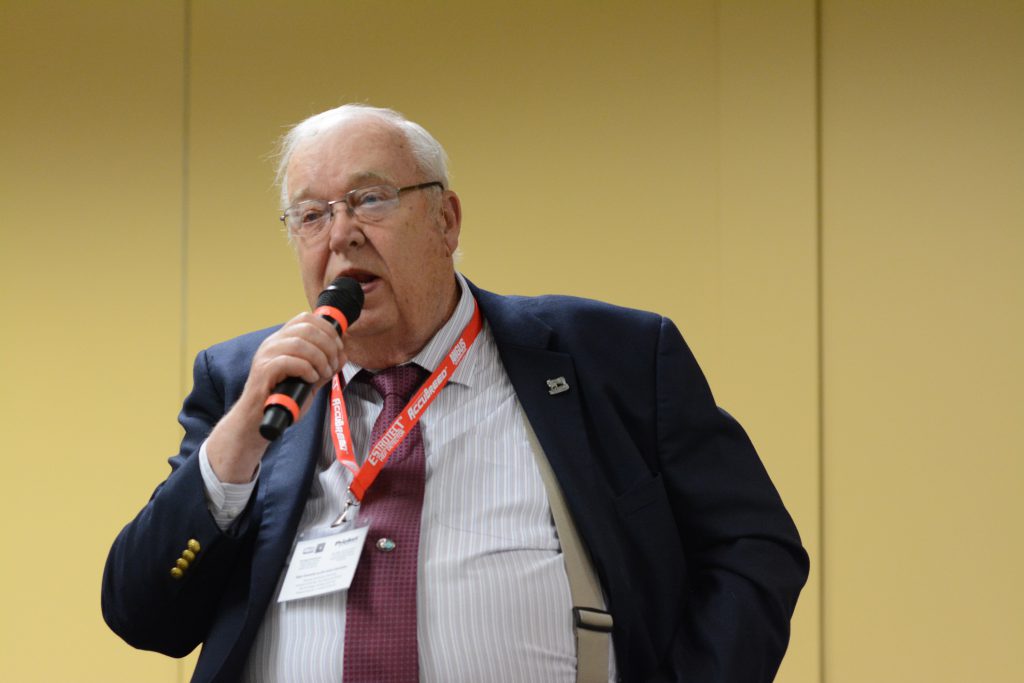
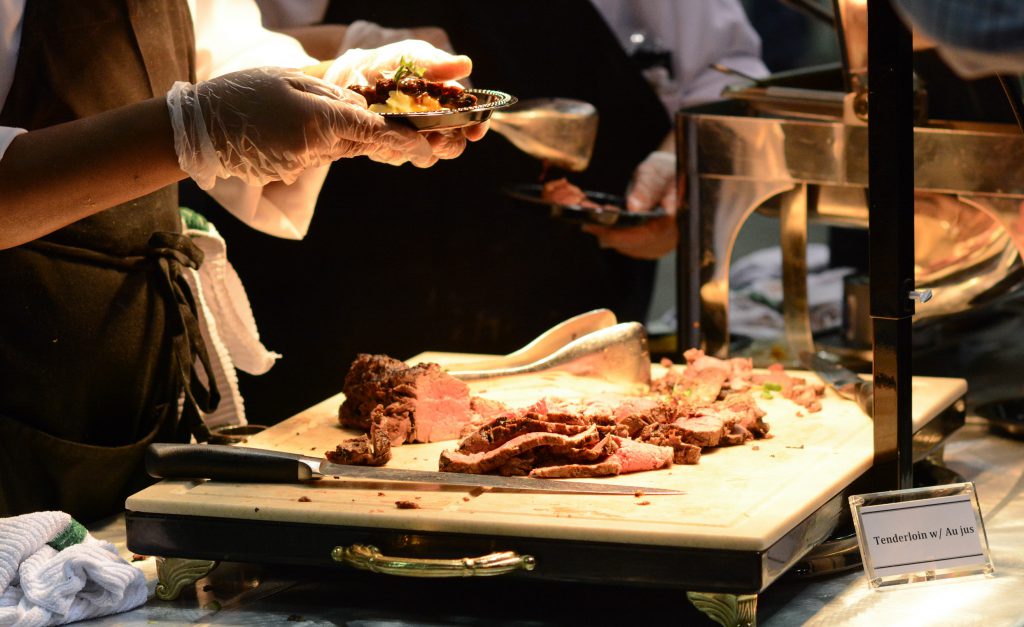
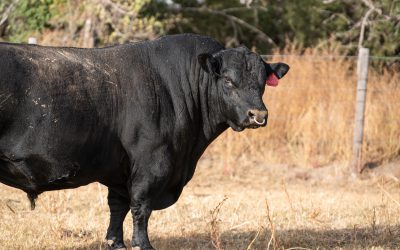
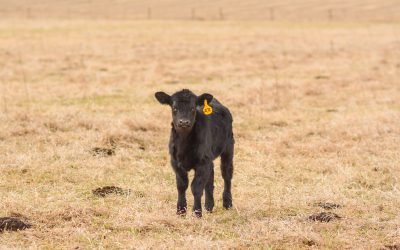
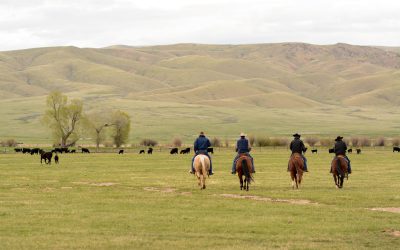
 In
In  But then supply strengthened and live cattle prices dropped. The market shifted in favor of retailers who, after six years of selling beef in spite of declining sales, found reprieve and, with it, explosive growth. Still you enhanced management and improved genetics for the years ahead.
But then supply strengthened and live cattle prices dropped. The market shifted in favor of retailers who, after six years of selling beef in spite of declining sales, found reprieve and, with it, explosive growth. Still you enhanced management and improved genetics for the years ahead. Remember that
Remember that 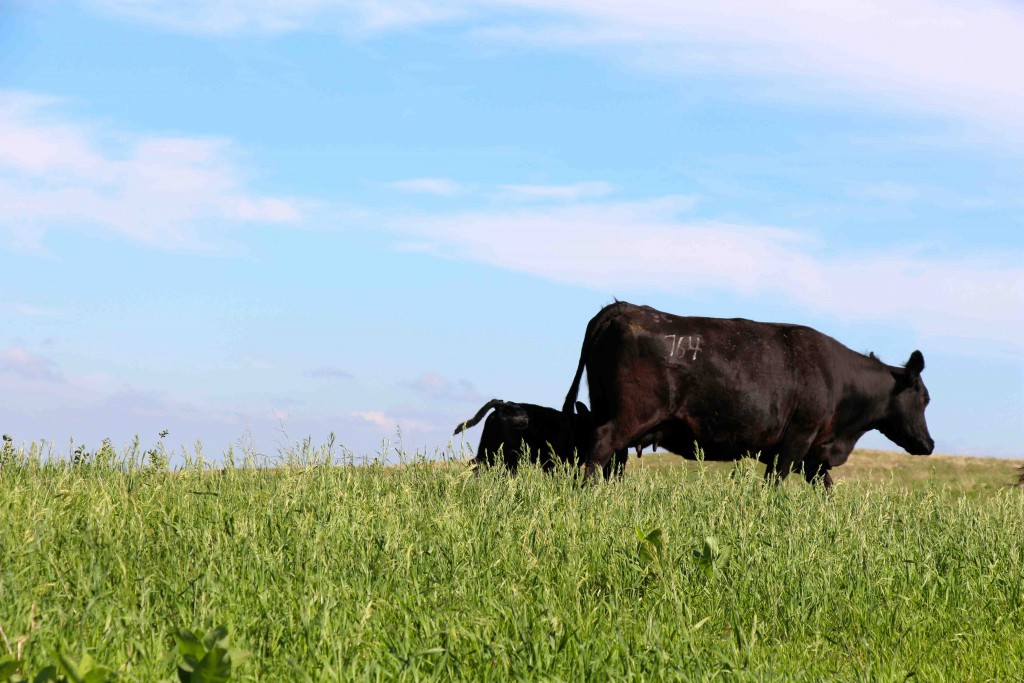 So all that’s to say there’s something to keeping the course, dreaming for what’s ahead no matter the present – fitting of the brand’s model to create pull-through demand for a product that allows everyone to benefit over the long haul.
So all that’s to say there’s something to keeping the course, dreaming for what’s ahead no matter the present – fitting of the brand’s model to create pull-through demand for a product that allows everyone to benefit over the long haul.

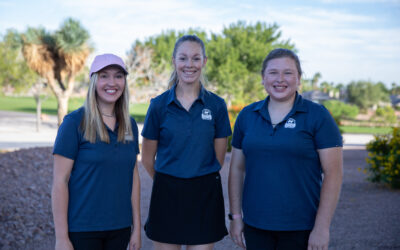
 “I’d rather lose money than give up my cows,” he says, standing among a herd he affectionately calls his “girls” as they rest in the shade. Neither is the case for the Willows, Calif., rancher but it’s often a response to those who suggest he reverse his ratio of grazing pasture and rice fields.
“I’d rather lose money than give up my cows,” he says, standing among a herd he affectionately calls his “girls” as they rest in the shade. Neither is the case for the Willows, Calif., rancher but it’s often a response to those who suggest he reverse his ratio of grazing pasture and rice fields.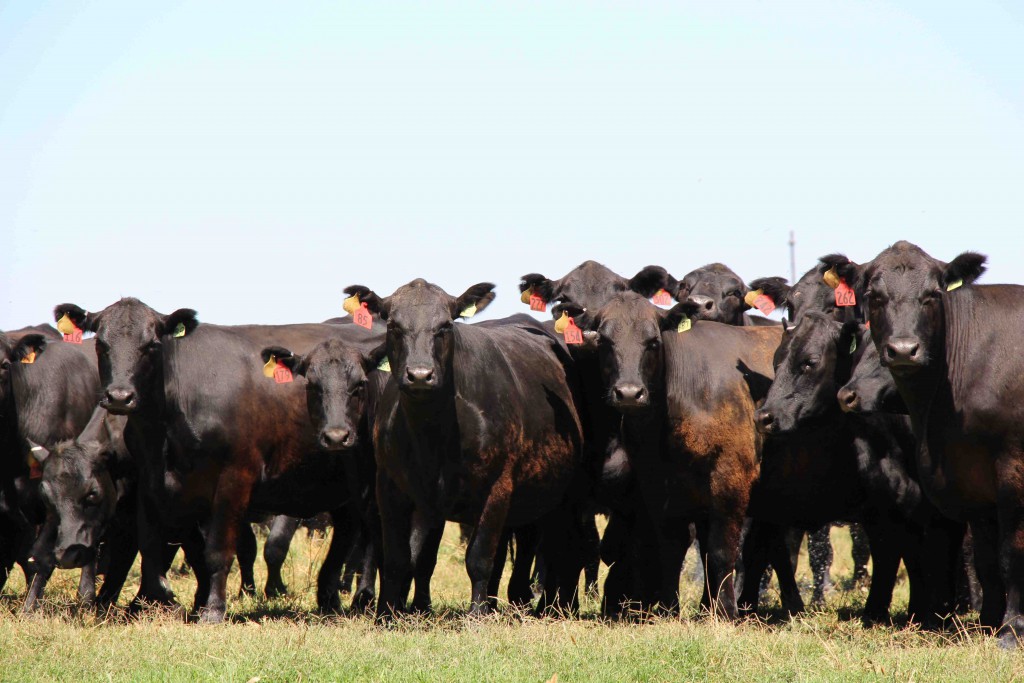 “My mother brought some of the first Angus cows into California in 1938, from Canada,” he says. “Those were the last cows we ever bought.”
“My mother brought some of the first Angus cows into California in 1938, from Canada,” he says. “Those were the last cows we ever bought.”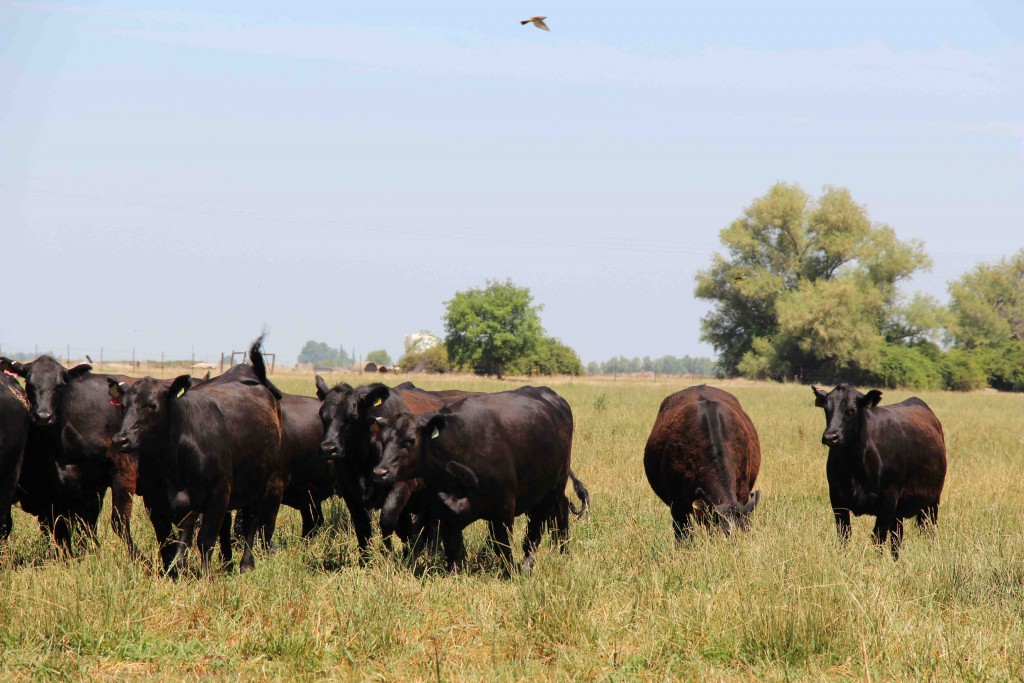 “You can’t get genetic improvement if you don’t use AI and consistency,” he says. “When I pick a bull, I use that bull for two years on my cow herd and I get consistency. It’s huge what that does.”
“You can’t get genetic improvement if you don’t use AI and consistency,” he says. “When I pick a bull, I use that bull for two years on my cow herd and I get consistency. It’s huge what that does.” Thankfully there’s no end in sight; instead grandsons Jake and Holton who AI their own Angus herds along with their grandfather’s, rooted in a strong foundation – one not easily shakin’.
Thankfully there’s no end in sight; instead grandsons Jake and Holton who AI their own Angus herds along with their grandfather’s, rooted in a strong foundation – one not easily shakin’.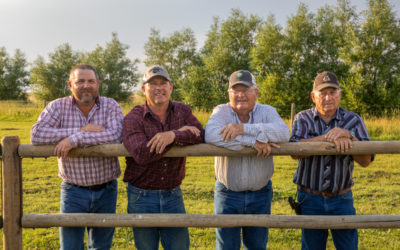

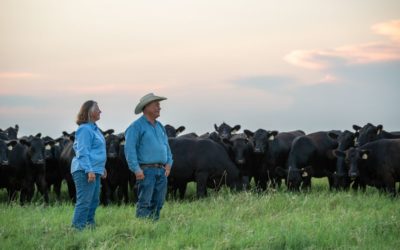
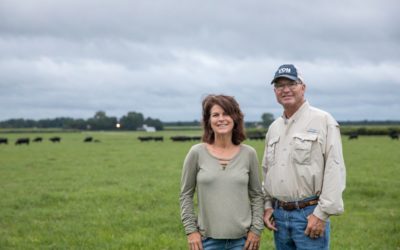
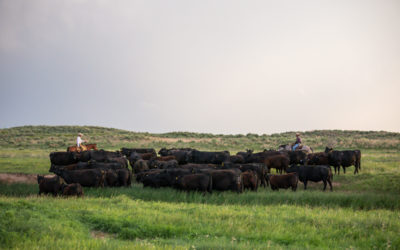
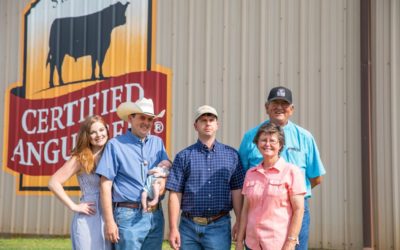
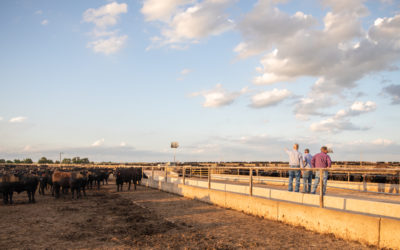
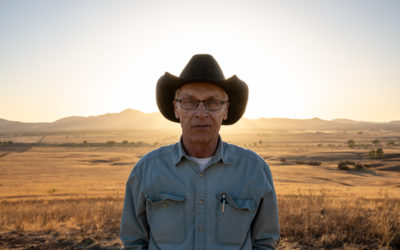

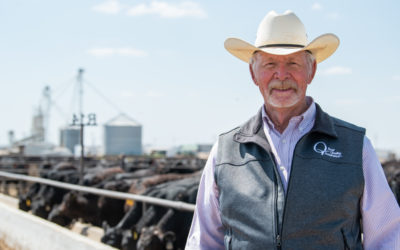
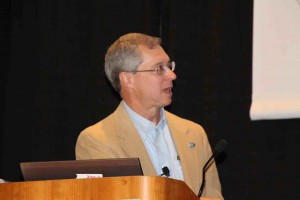 “I tell my freshman veterinary students their very first lecture, on introduction to the beef industry, my goal as a food animal veterinarian is to never see a sick animal,” he says.
“I tell my freshman veterinary students their very first lecture, on introduction to the beef industry, my goal as a food animal veterinarian is to never see a sick animal,” he says.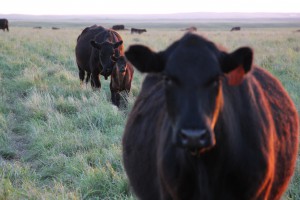
 Although summer intern Hannah Johlman was born in northeast Kansas and is now a senior studying ag communications and animal sciences at Kansas State University, she claims Sheridan, Wyo., as her home. Hannah tributes her grandfather and uncle involved in farming and veterinary medicine as her largest ag influencers, inspiring her to the career path she has chosen.
Although summer intern Hannah Johlman was born in northeast Kansas and is now a senior studying ag communications and animal sciences at Kansas State University, she claims Sheridan, Wyo., as her home. Hannah tributes her grandfather and uncle involved in farming and veterinary medicine as her largest ag influencers, inspiring her to the career path she has chosen.

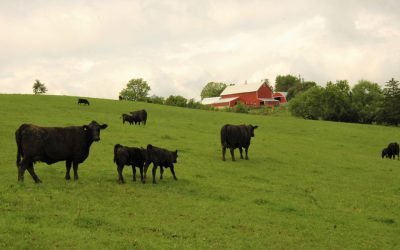
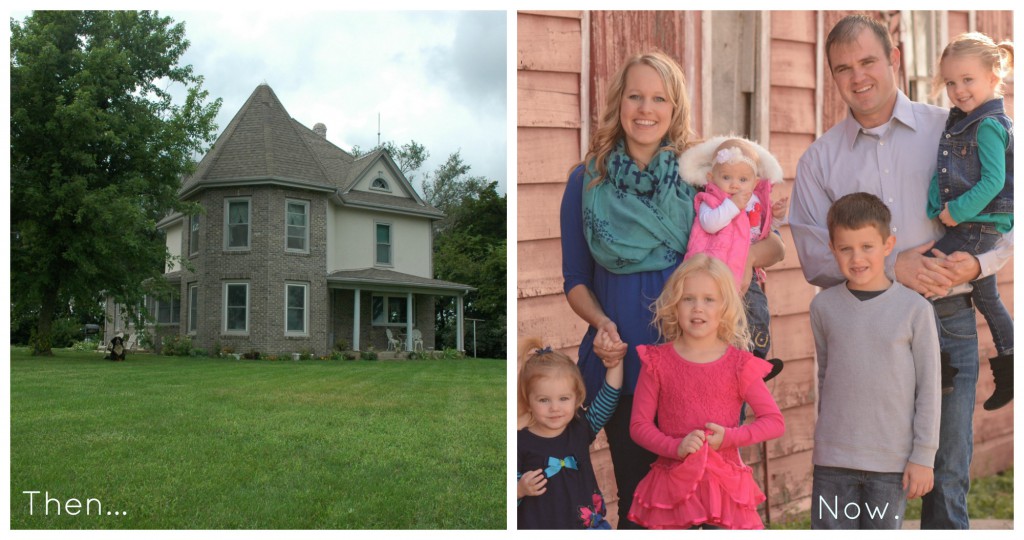
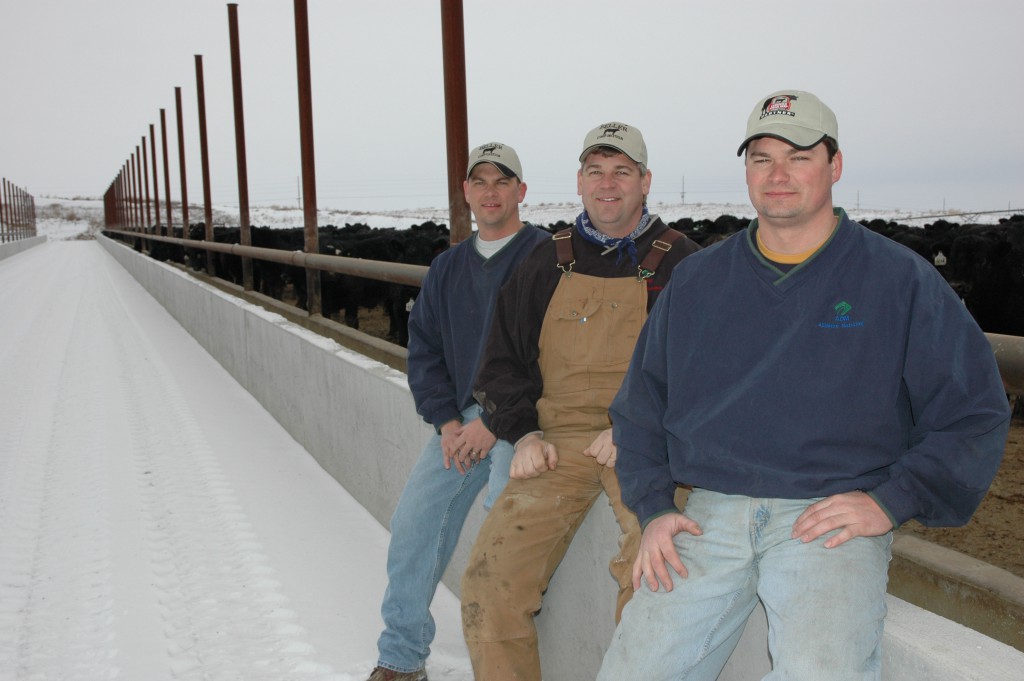
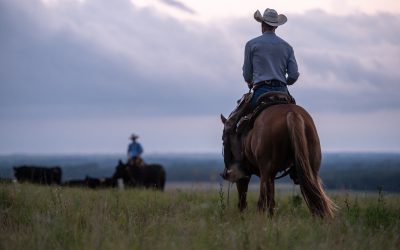
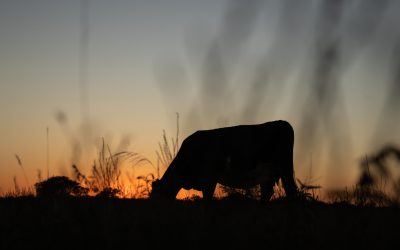


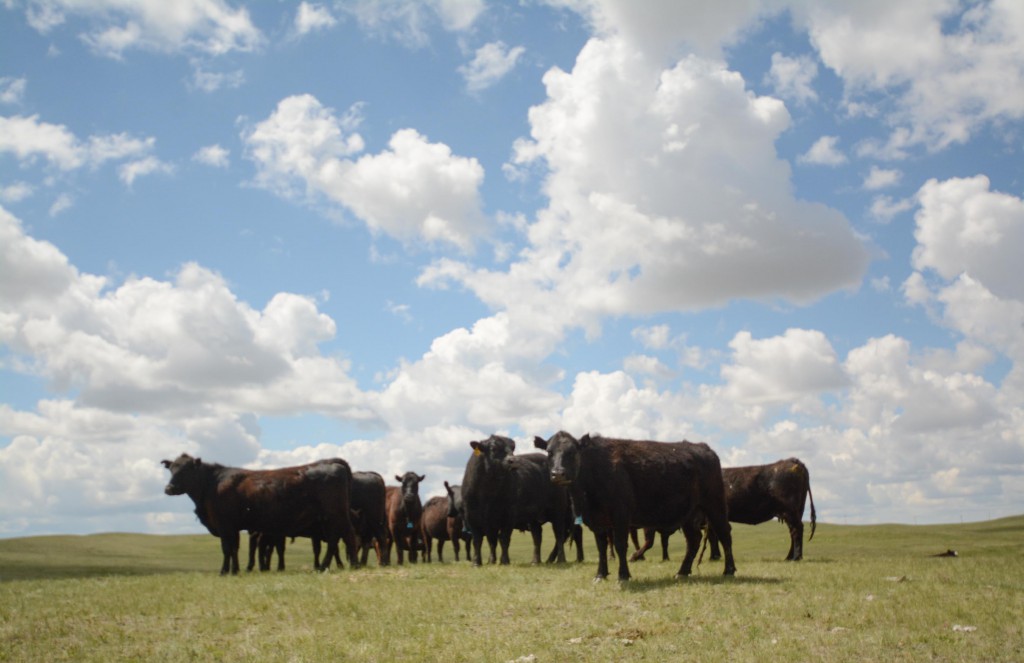
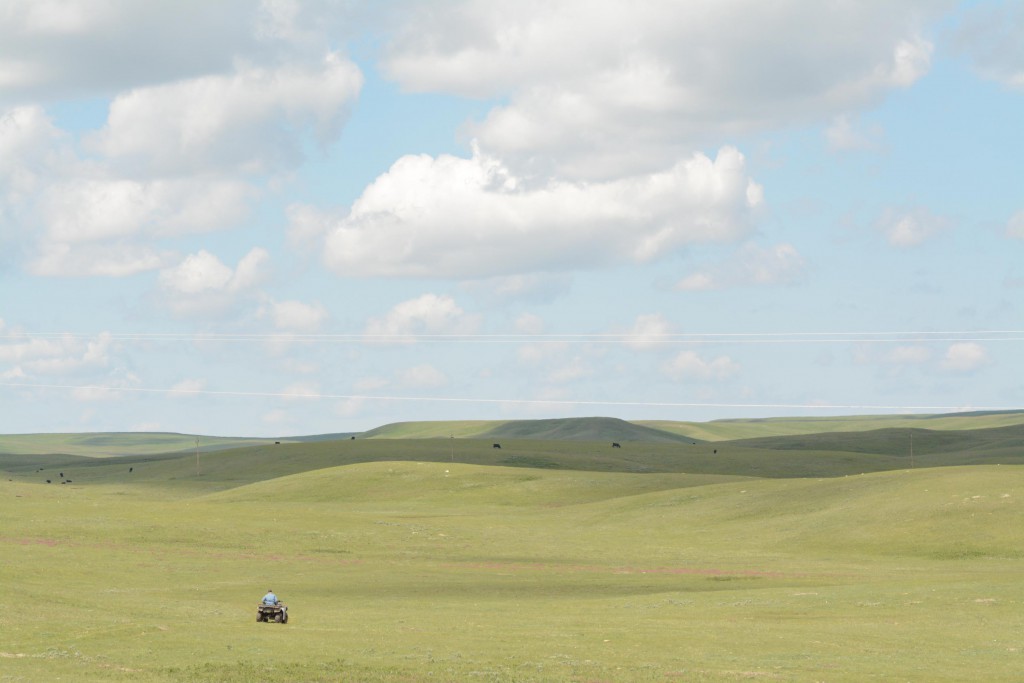

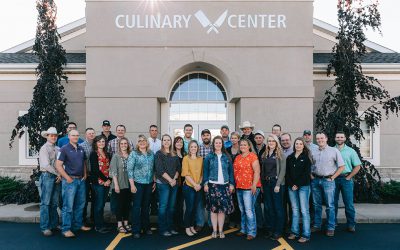
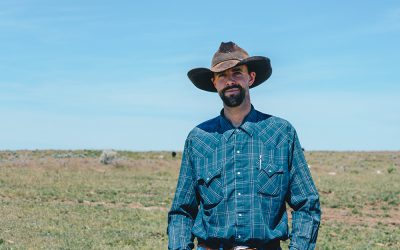
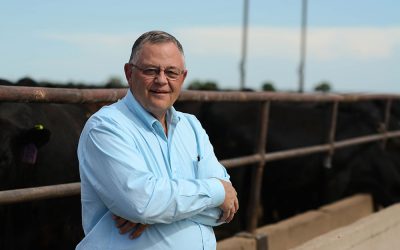

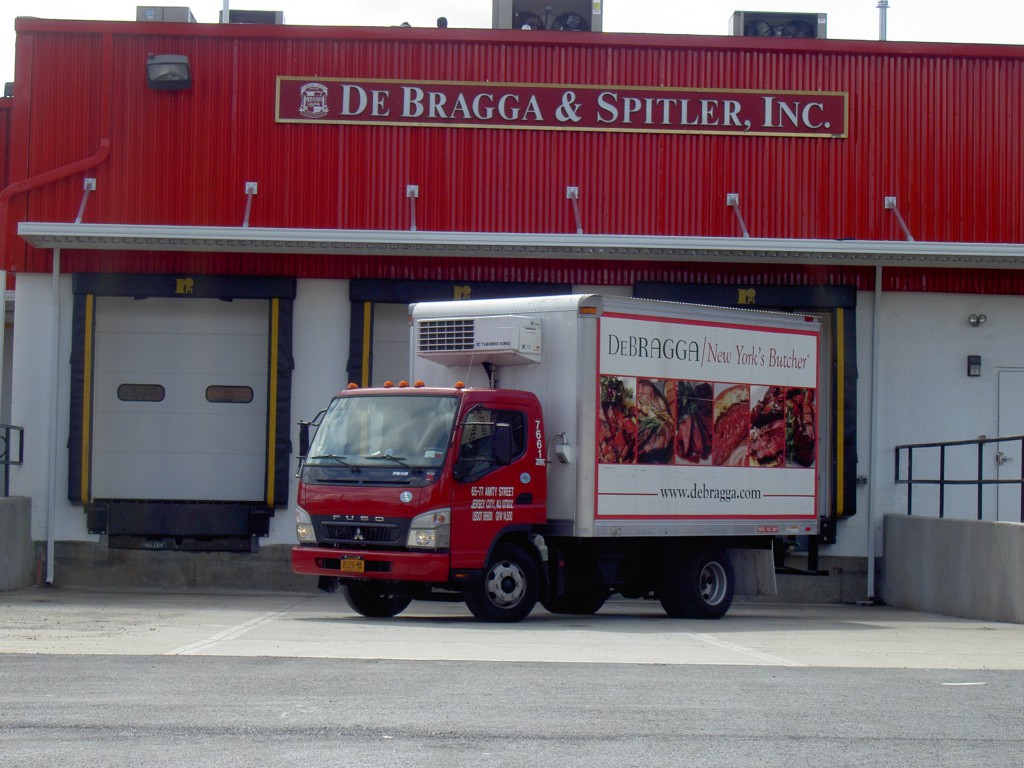
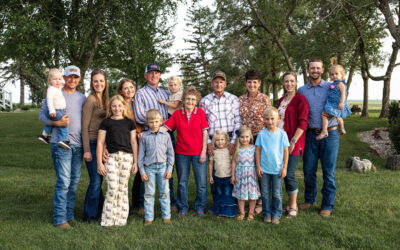



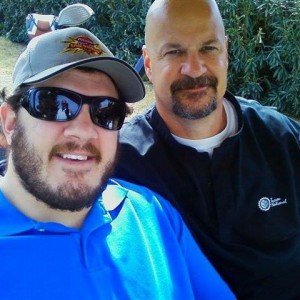 “Cody, he was born in ‘86, so by ‘87, when he first got his teeth, I’m shoving ground chuck into his mouth,” Jeff says through a laugh.
“Cody, he was born in ‘86, so by ‘87, when he first got his teeth, I’m shoving ground chuck into his mouth,” Jeff says through a laugh.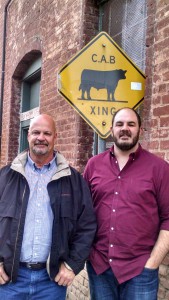 “I knew it was going to be a career, not a job,” Jeff says. “From coast to coast I’ve worked with ranchers and restaurateurs connected to the brand. I said, ‘this is a great career path. This is something you can do the rest of your life and be proud of along the way.’”
“I knew it was going to be a career, not a job,” Jeff says. “From coast to coast I’ve worked with ranchers and restaurateurs connected to the brand. I said, ‘this is a great career path. This is something you can do the rest of your life and be proud of along the way.’”



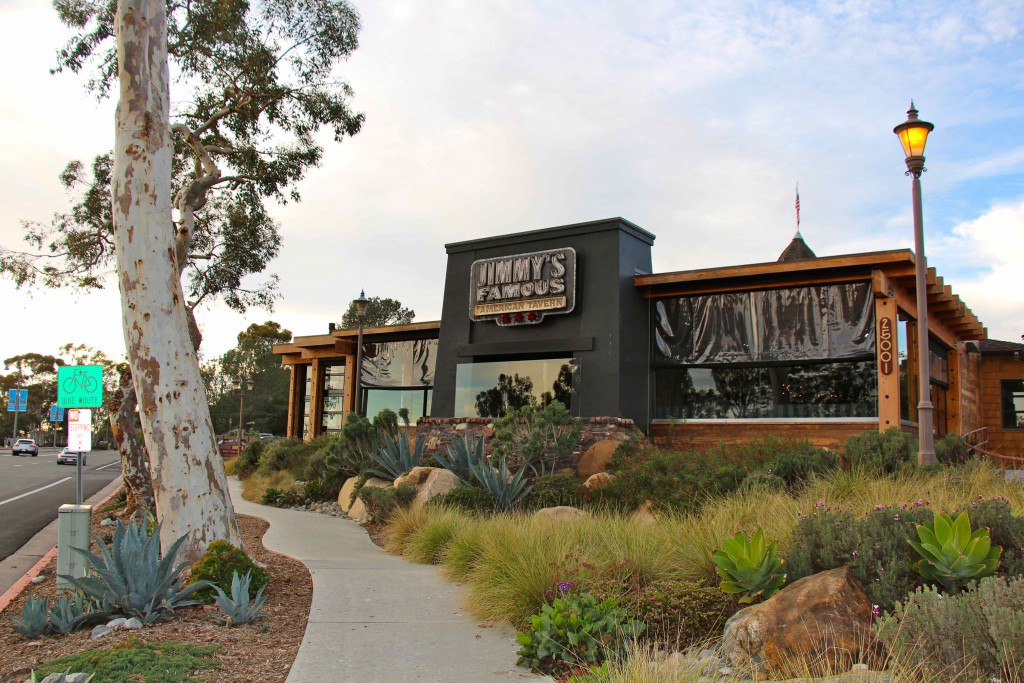 Dana Point, Calif., is just a sleepy marina town a few miles south of the better-known Laguna Beach, but along its coastal plane sits Jimmy’s Famous American Tavern – J-FAT for short.
Dana Point, Calif., is just a sleepy marina town a few miles south of the better-known Laguna Beach, but along its coastal plane sits Jimmy’s Famous American Tavern – J-FAT for short. In fact, David tells me the number one selling item on JFAT’s menu is the half-pound cheeseburger. Collectively, five CAB burgers make up 20% of all entrées sold. I didn’t get the chance to try one but I’ll take the recent success and growth of the restaurant (now in four locations since its San Diego debut in 2010; Santa Monica is set for September) as truth.
In fact, David tells me the number one selling item on JFAT’s menu is the half-pound cheeseburger. Collectively, five CAB burgers make up 20% of all entrées sold. I didn’t get the chance to try one but I’ll take the recent success and growth of the restaurant (now in four locations since its San Diego debut in 2010; Santa Monica is set for September) as truth.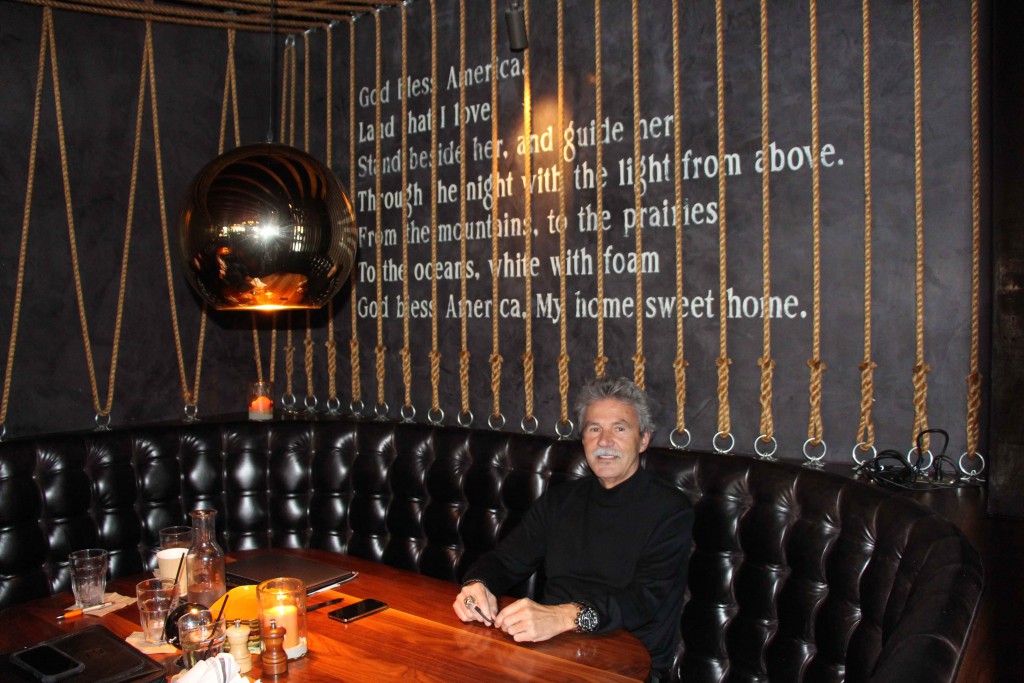 “You hear lots of chatter about eating lighter, vegetarian and avoiding red meat, but the reality is, in a community like this, these are regular people not unlike those that I grew up with in the Midwest,” David says.
“You hear lots of chatter about eating lighter, vegetarian and avoiding red meat, but the reality is, in a community like this, these are regular people not unlike those that I grew up with in the Midwest,” David says.